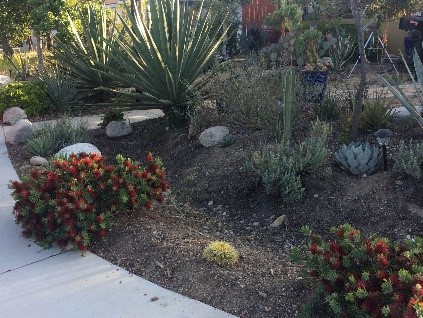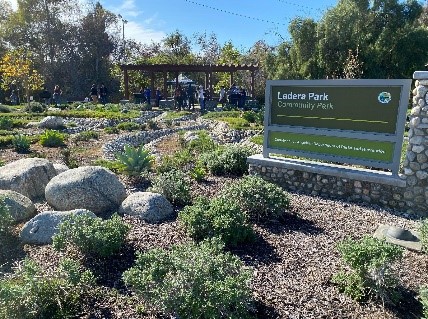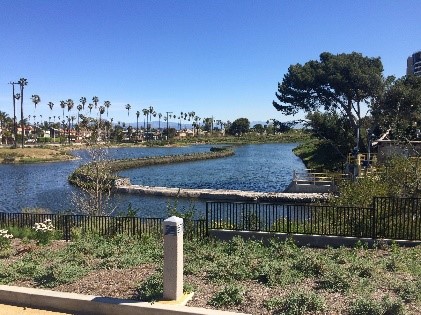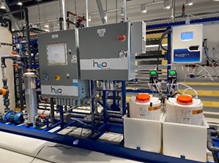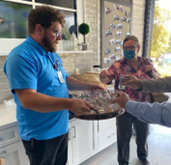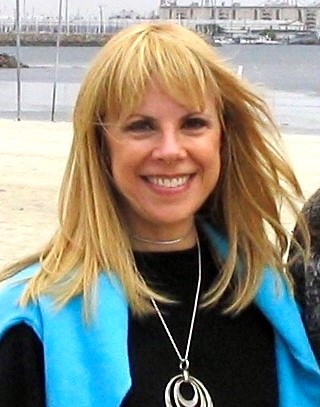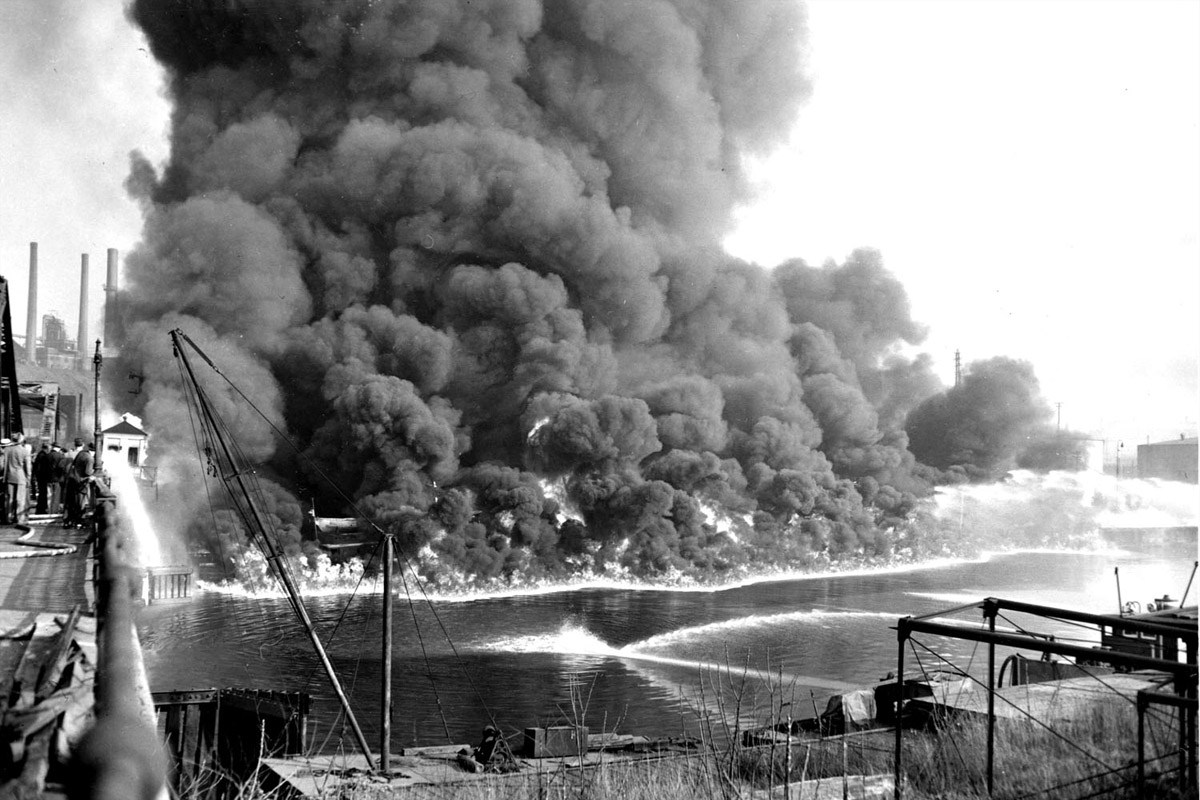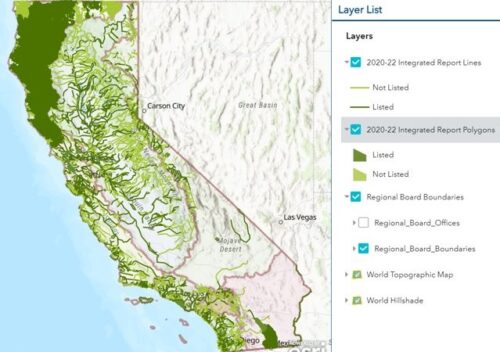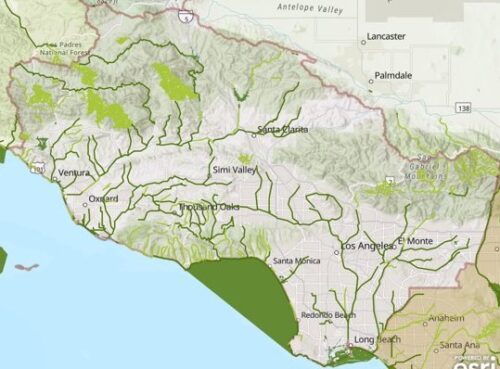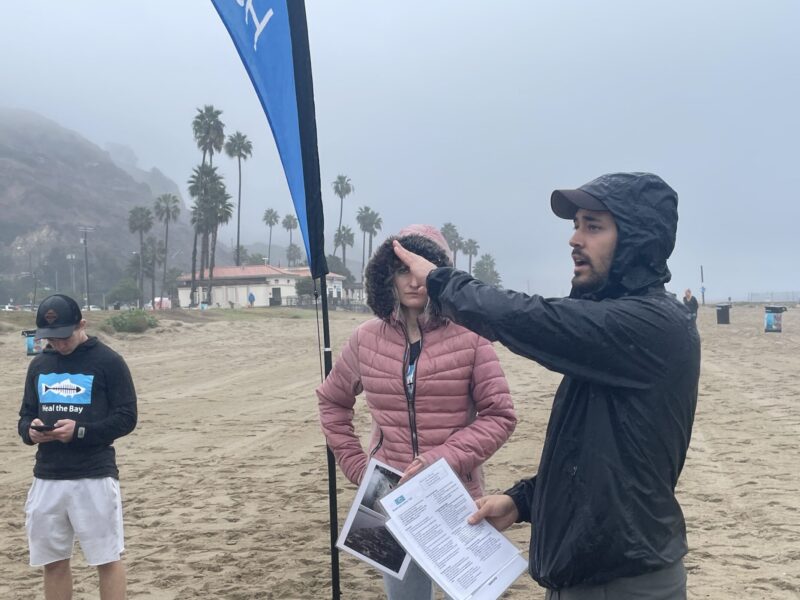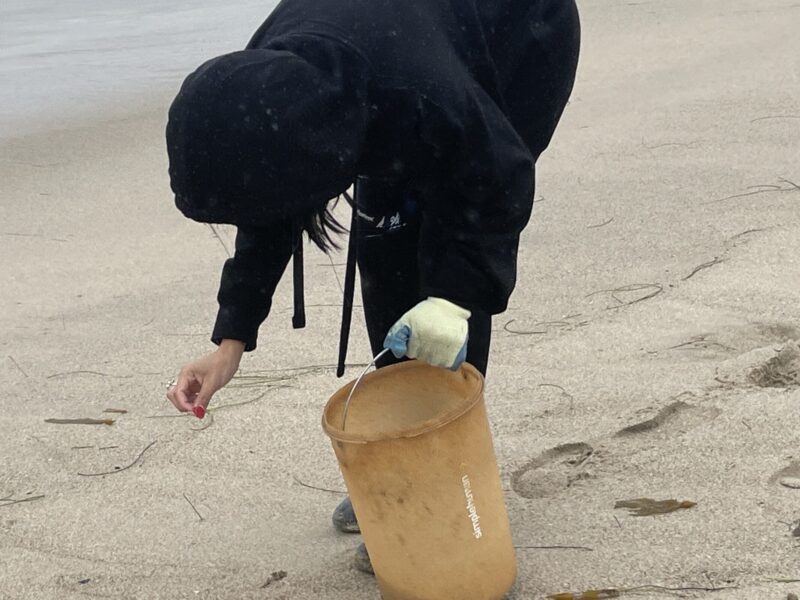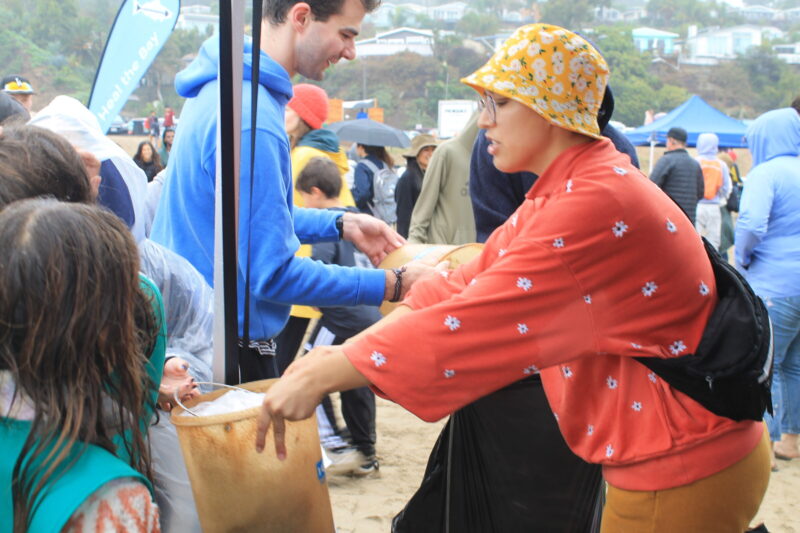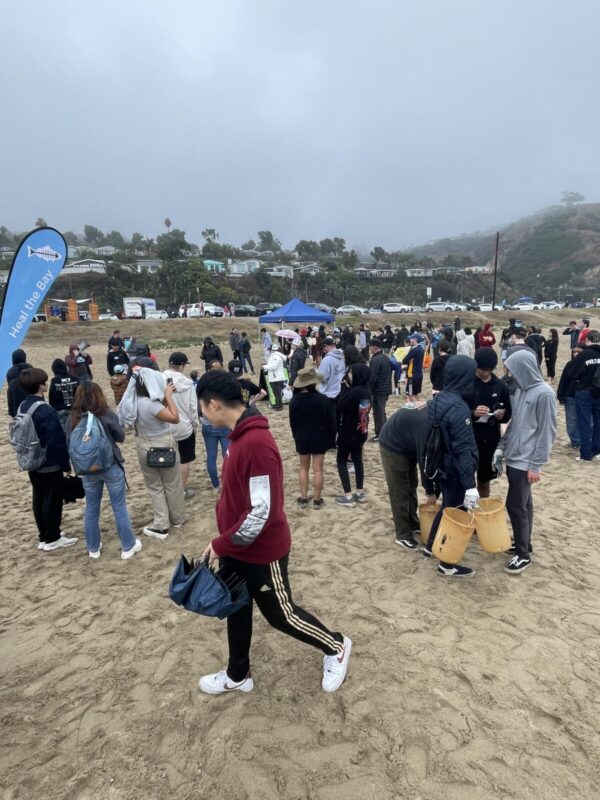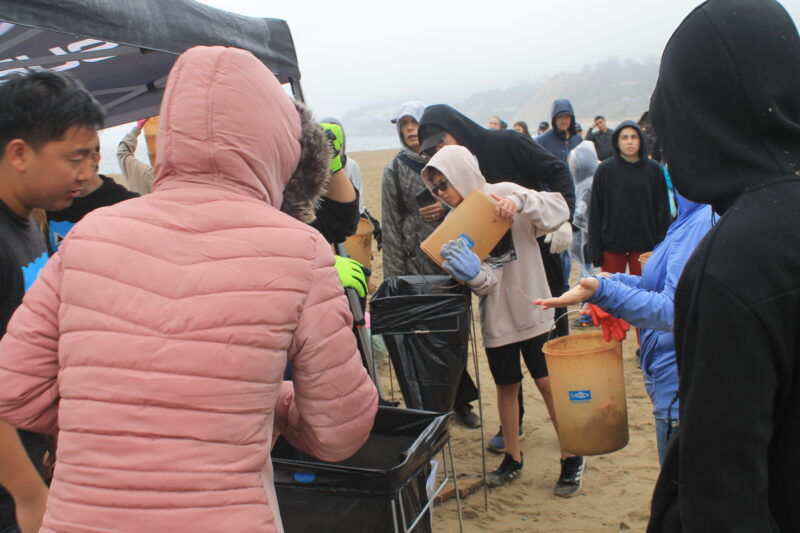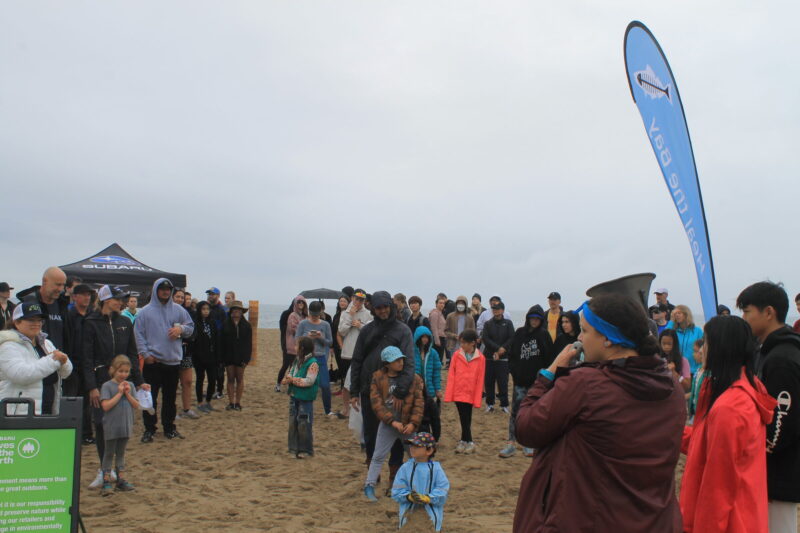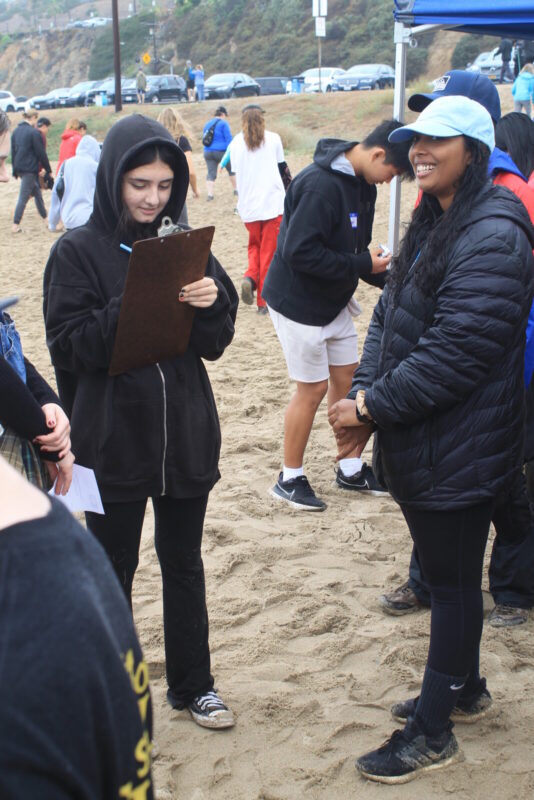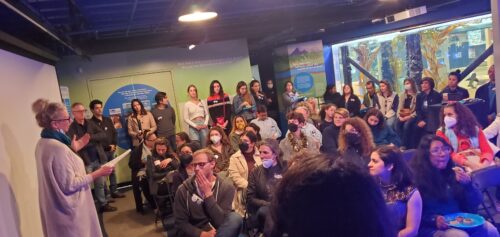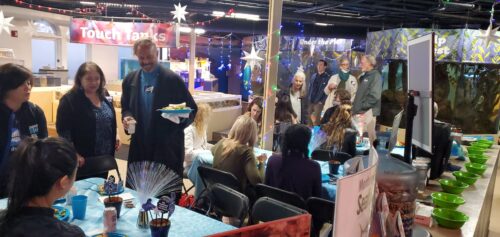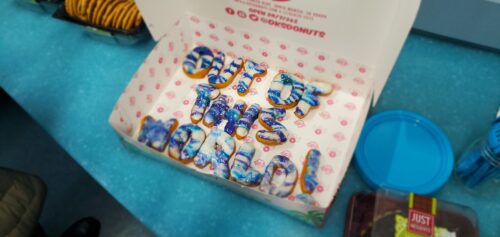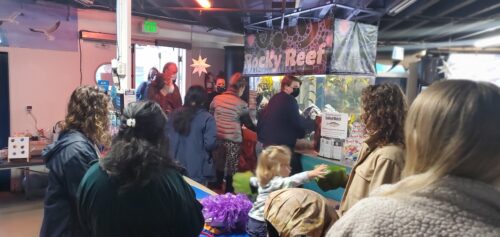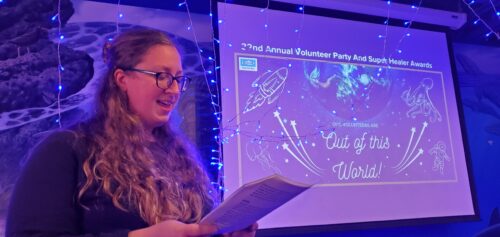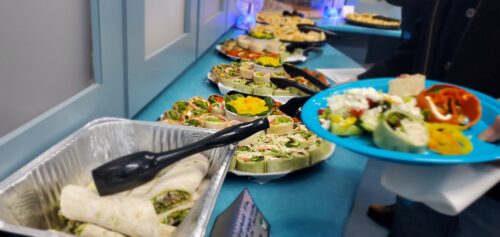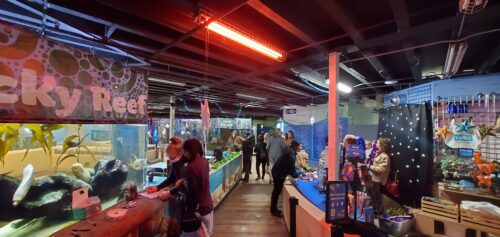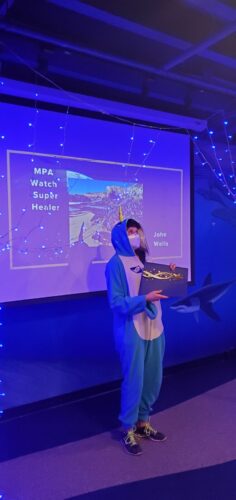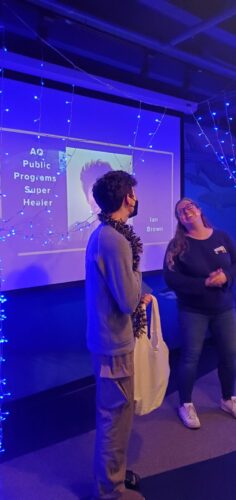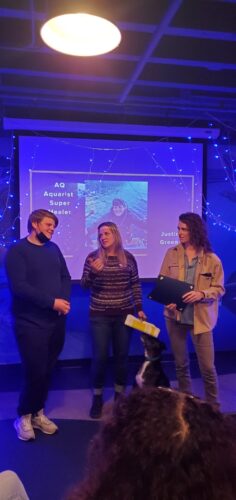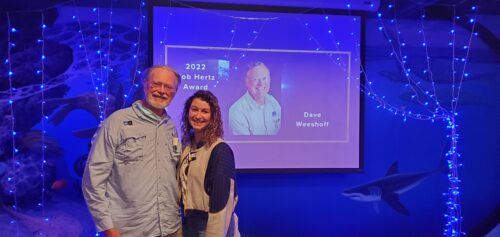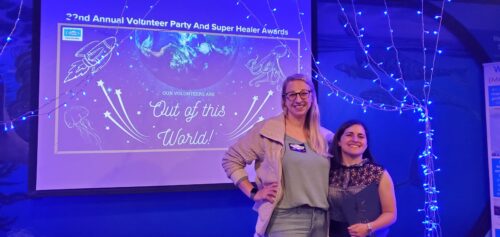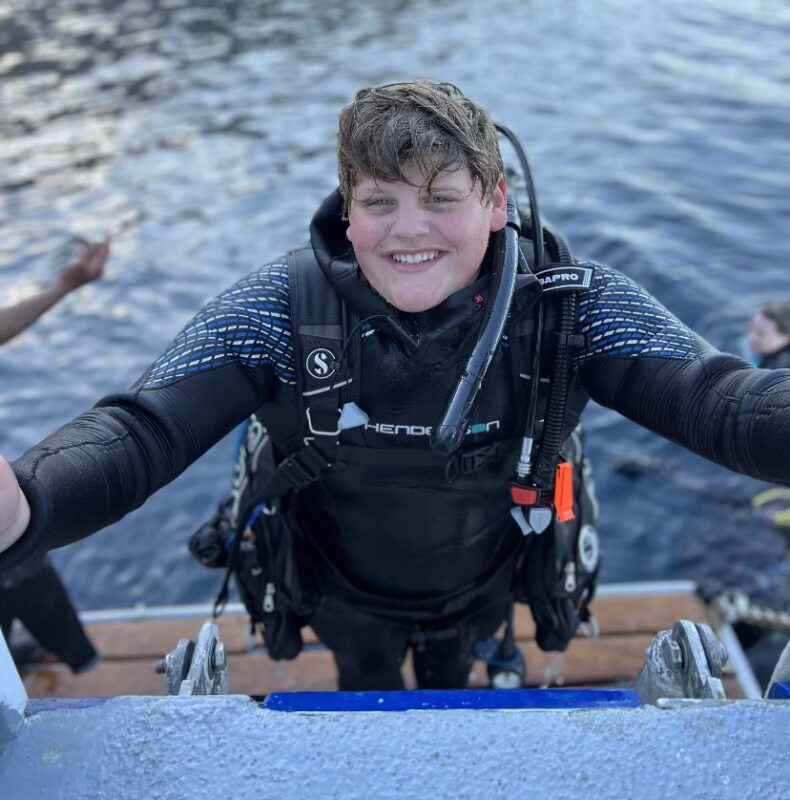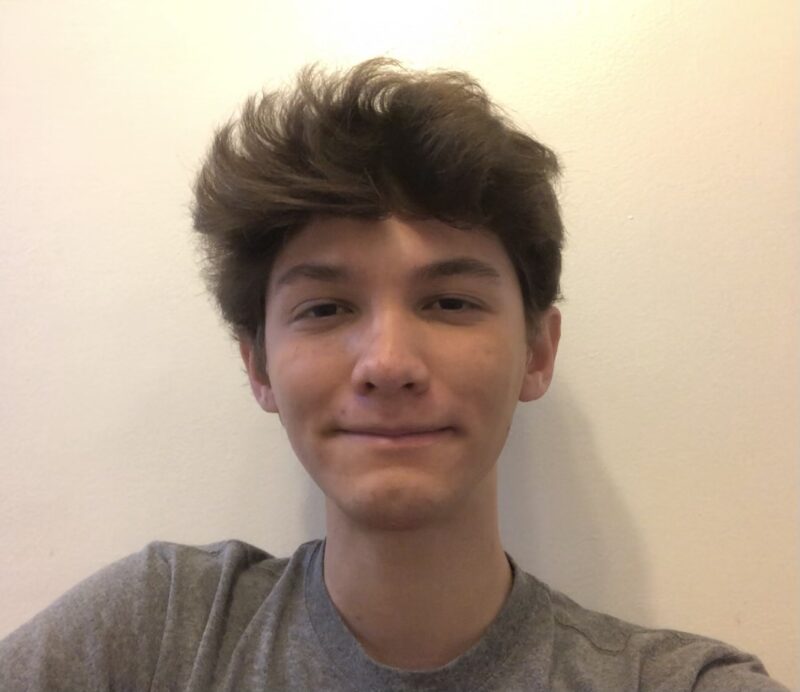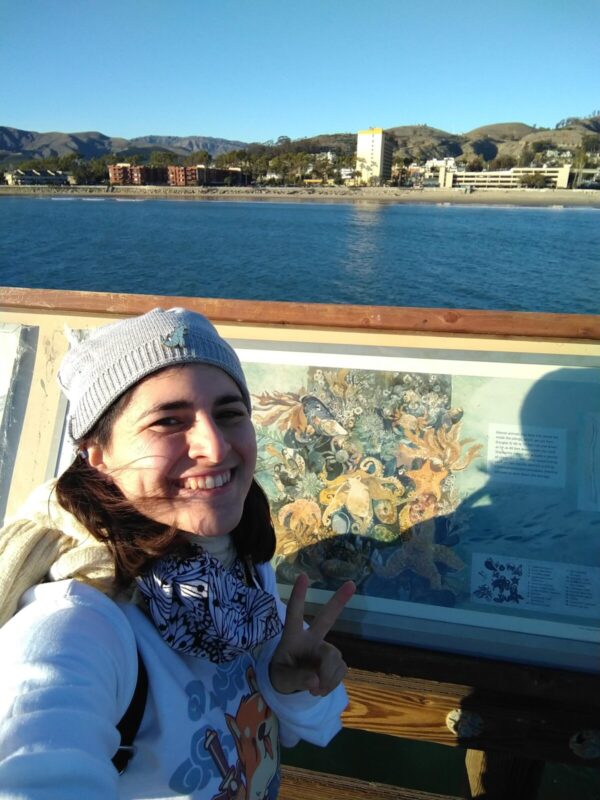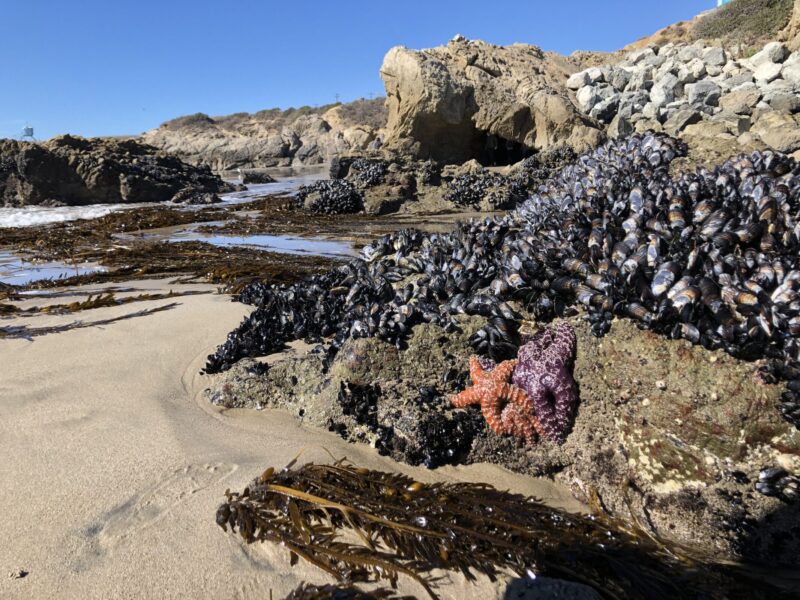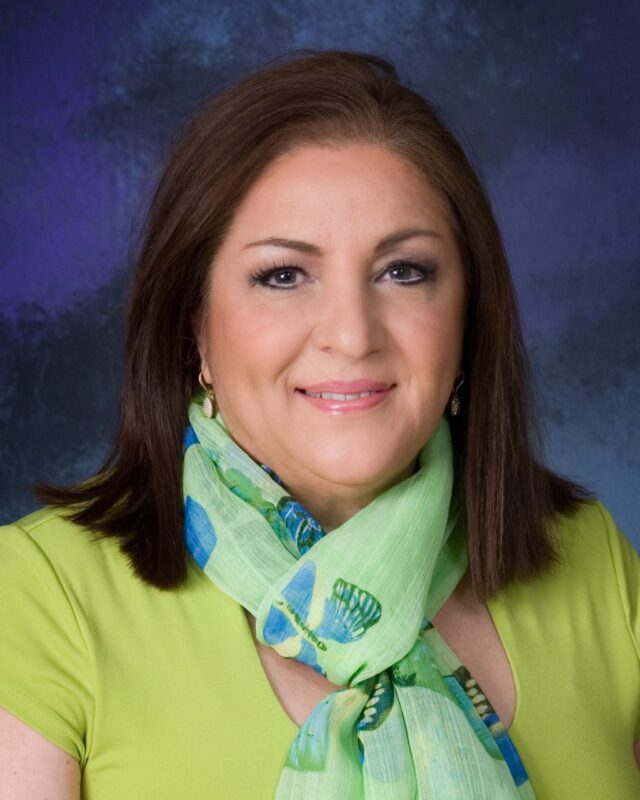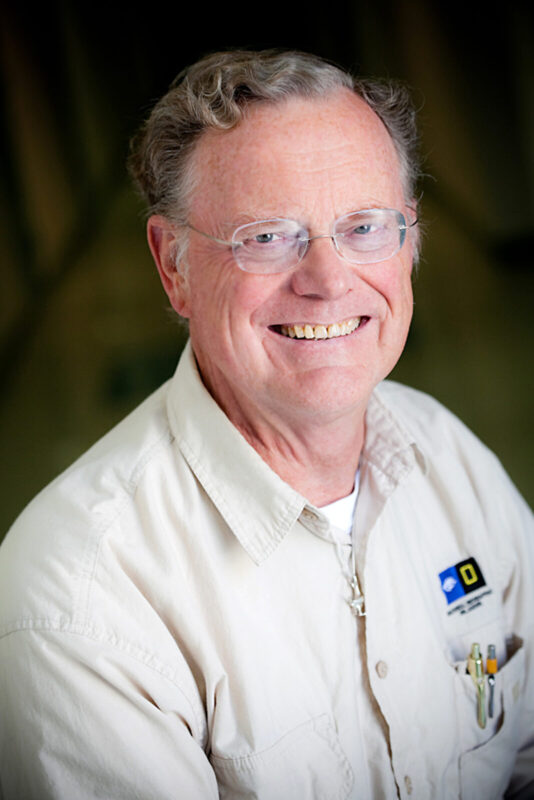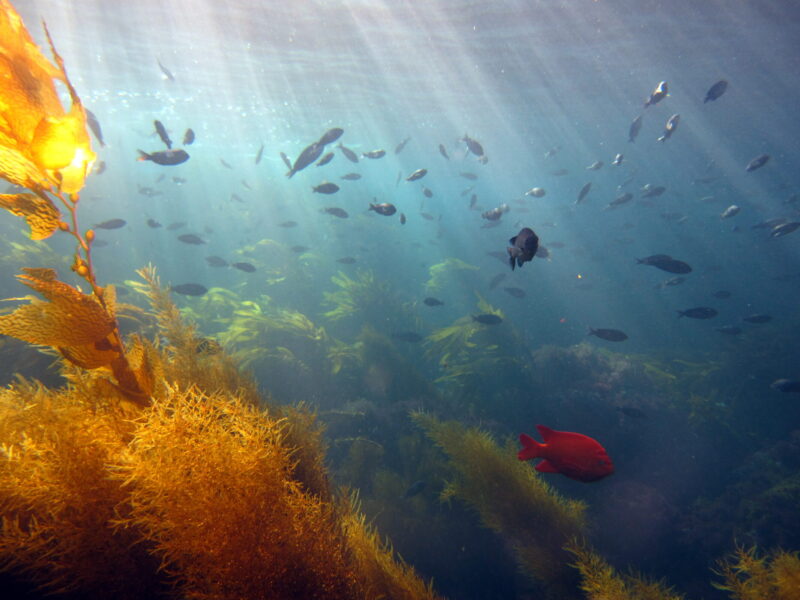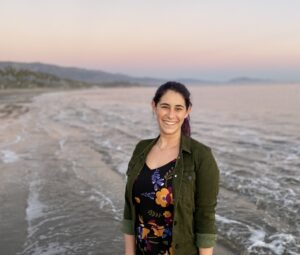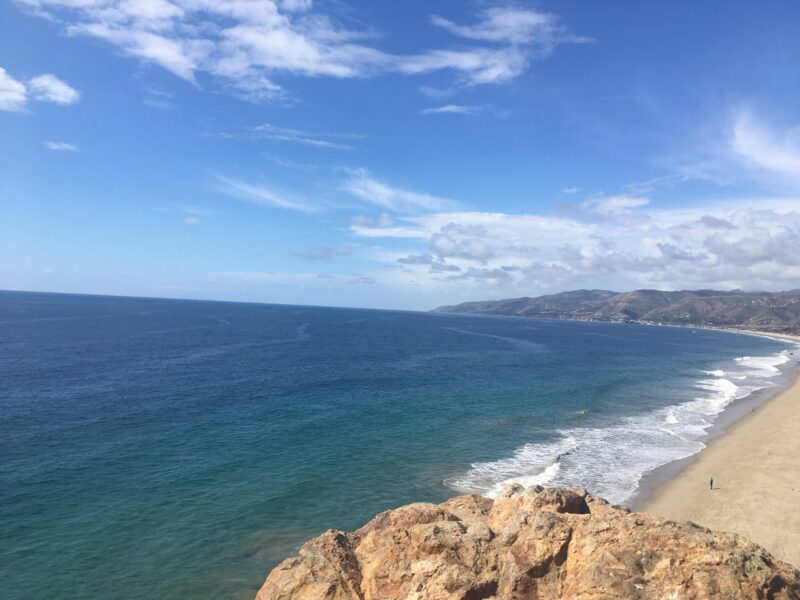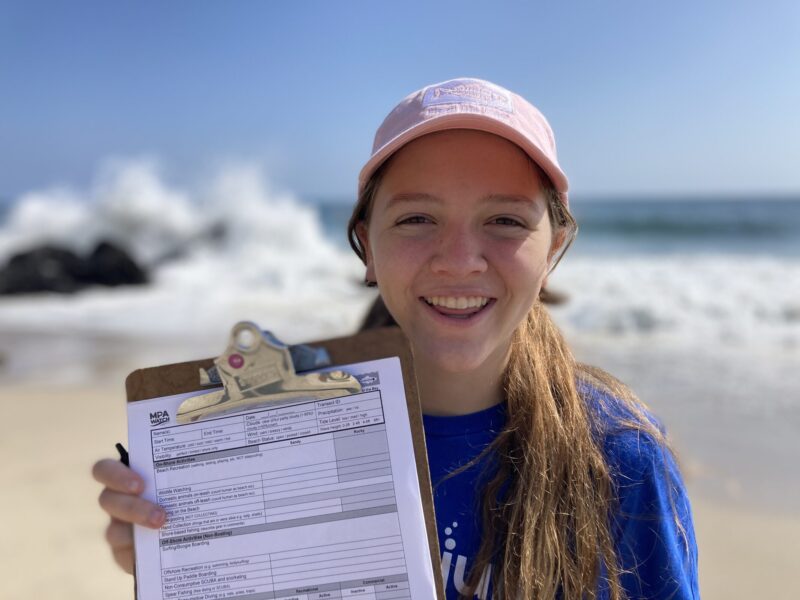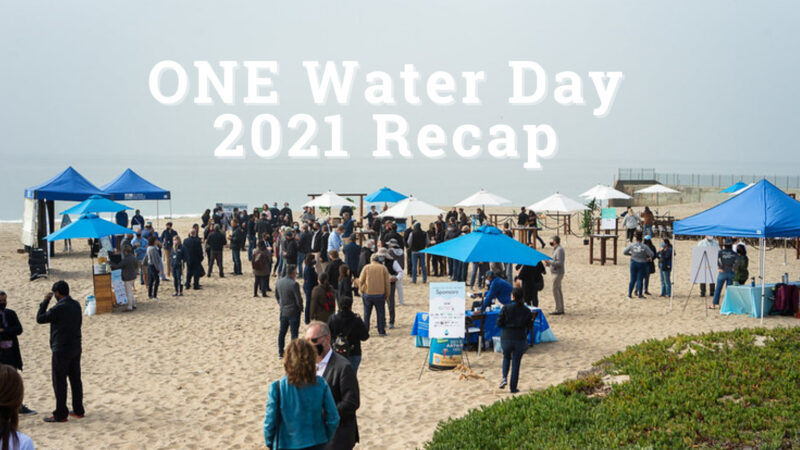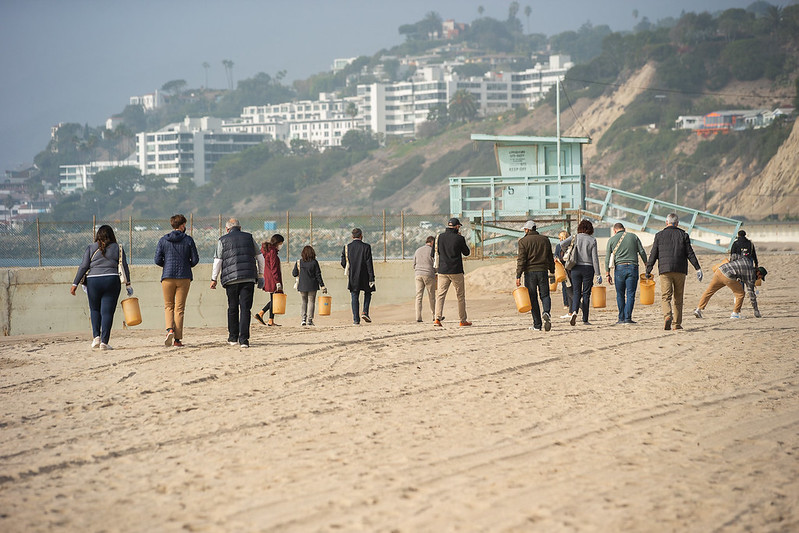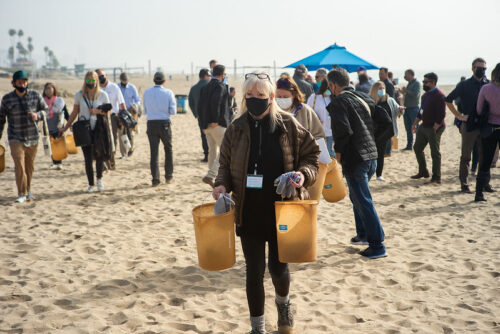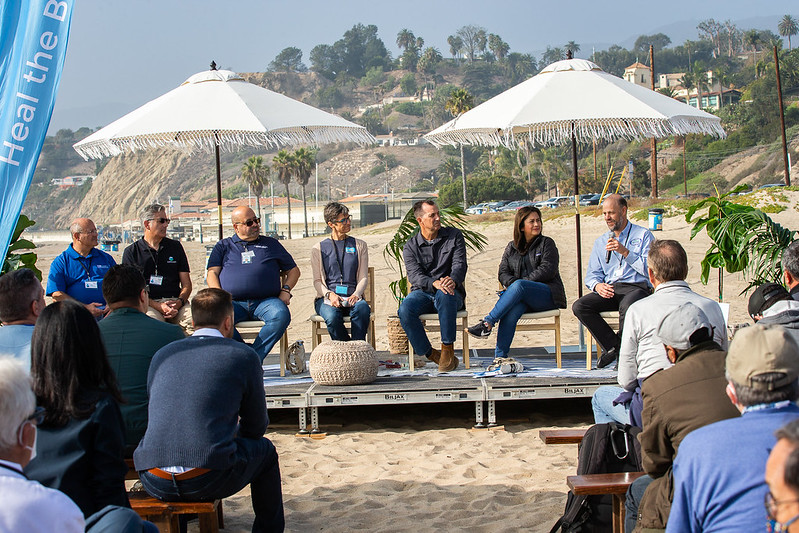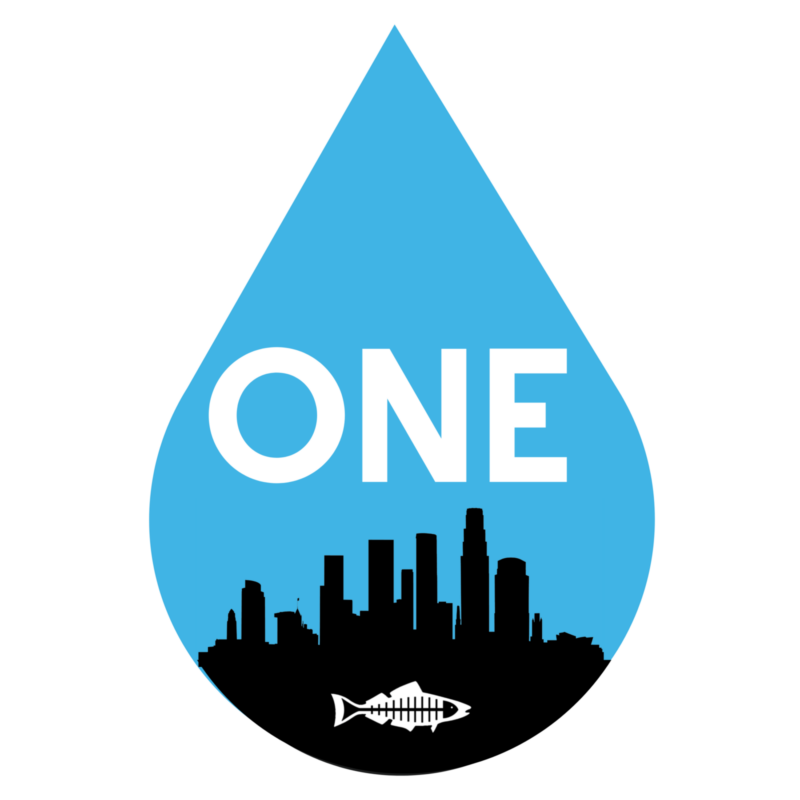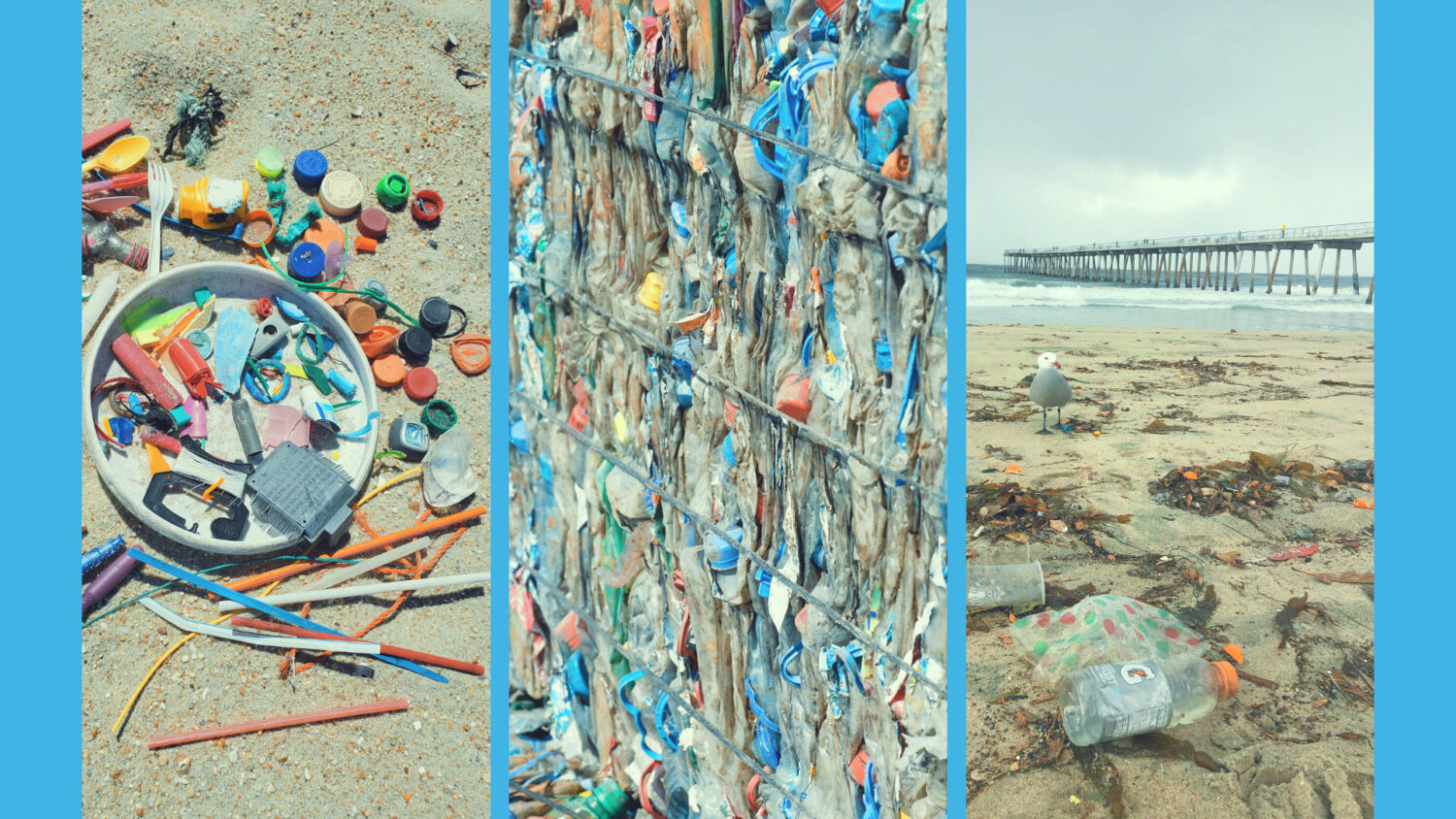California’s major infrastructure was built in the 20th century, but neither our laws nor conveyance systems were designed to address the challenges faced by climate change in the 21st century. Here’s everything you need to know about that infrastructure from the Heal the Bay Climate Action Team in Part 3 of our 3-part series, Commit to Conservation.
In past blogs, we’ve broken down the drivers behind the California drought and types of actions that make a real difference as we work to close the large and growing gap between the water we use and the water made available by nature. Even with the recent deluge of snow, torrential rains, and resulting flooding, precipitation was insufficient in permanently reversing the drought. The good news is that we have the technology we need for reliable drinking water and Heal the Bay is actively championing projects that will move us toward a more resilient and equitable future.
BACKGROUND
Water systems in California were designed based on historic patterns of precipitation that are being altered by climate change, but the primary cause of water scarcity in our region is not climate – it’s governance. Rights to our State’s water supply go all the way back to the 19th century, and our major infrastructure was built in the 20th century, and neither our laws nor conveyance systems were designed to address the challenges faced by climate change in the 21st century. The good news is that the potential for bolstering local water sources and supply in Southern California is enormous, and there are already plans and policies underway to make Los Angeles more resilient! And we believe in the idea of a “One Water” approach, which prioritizes investments in demand management and new supplies based on reliability, affordability, equity, public health, and environmental impacts.
ACHIEVING WATER RESILIENCY THROUGH CONSERVATION AND EFFICIENCY
Conservation and efficiency are two important tools when considering water use in a time of drought.
Conservation involves the conscious choice to change an action, like watering your lawn only one day a week instead of every day. While efficiency means taking the same actions as before but using less water (usually with the help of technology), for example, adding water-efficient showerheads to your bathrooms.
We talk a lot about water conservation and efficiency as strategies that the people of Los Angeles can take to help ensure that every on California can have access to safe clean water as that need increases. Reducing demand is often the cheapest and fastest way to close the large and growing gap between supply and demand. Saving water also helps save energy. In fact, a study by UC Davis revealed that during the 2015 drought, Californians saved more energy through water savings than all the energy efficiency programs combined. And when individuals actively choose to use less water, it makes a remarkable difference in water availability for everyone. Technology already exists that could save up to 1 trillion gallons a year statewide and the greatest potential for water savings exists right here in the South Coast Region, owing in part to the sheer potential of people (9.86 million in LA County alone) who could improve their water efficiency. To help encourage communities to use water more efficiently, the State Water Resources Control Board is working on a rulemaking to establish unique water efficiency budgets for each urban water supplier in California under a broader water resilience framework to “Make Conservation a California Way of Life”.

The greatest potential for water saving and new supply exists in the South Coast Region, which includes Los Angeles County. From The Untapped Potential of California’s Urban Water Supply: Water Efficiency, Water Reuse, and Stormwater Capture, published by the Pacific Institute in April 2022.
Barriers to increasing water efficiency include:
1) Water efficiency rebate programs that are often not accessible to low-income households because they require customers to purchase new appliances first and then wait several weeks (or more) for a rebate;
2) Water supplier revenues tied to how much water they sell, so there is a disincentive to invest in programs that reduce sales, and
3) Water suppliers won’t pay nearly as much for saved water as they will for new water.
Heal the Bay and our partners are working with our local water suppliers to implement solutions to these challenges, including:
- Improving access to water efficiency programs by advocating for state and federal funding for programs that provide direct installation of new plumbing fixtures, appliances, and landscapes for income qualifying customers.
- Advocating for water agencies to adopt water rates that incentivize improved efficiency while also allowing water suppliers to recover fixed costs, like the budget-based rates used by Irvine Ranch Water District and Western Municipal Water District.
- Increasing the return on investment by advocating for water agencies to leverage the energy savings embedded in water savings to co-fund rebate programs with energy utilities.
CAPTURING STORMWATER – Waste Not, Want Not
Unlike wastewater, most stormwater in Los Angeles is not treated nor cleaned before it reaches our rivers and ocean. Our current stormwater infrastructure was built to protect against flooding, but when rain comes, the first flush of water from urbanized areas sweeps up trash and other contaminants which flow through our storm drains, dumping polluted water directly into our waterways, beaches, and ocean. Capturing LA’s rainwater offers opportunities to improve water quality in rivers and the ocean and at least triple the amount of stormwater captured for water supply (currently around 33 billion gallons per year).
The architects of the archaic system could not have foreseen the impacts of accommodating large population increases and ensuing development let alone a future of climate change and drought. They viewed water through a very different lens as something to control because it was a flooding danger rather than an integral resource and the lifeblood of ecosystems. Since 1985, Heal the Bay has seen first-hand the symptoms and impacts of stormwater contamination on our beaches and ocean as our volunteers and staff pick up thousands of pounds of trash each year. In fact, our Beach Report Card predictably downgrades our beaches after each rainstorm, and therefore, swimmers should consider staying out of coastal waters for at least 3 days after a rain event.
If we utilize natural solutions for stormwater capture, we could get even more benefits like carbon sequestration, cooler temperatures, recreational opportunities, and so much more. Heal the Bay works with the LA Regional Water Quality Control Board to track action under the Regional Stormwater Permit and has also engaged with a local dedicated source of funding as Watershed Coordinators for the Safe, Clean Water Program. One good example of this is our project at Inell-Woods Park, which will be located in South Los Angeles, in a neighborhood that lacks green space within the Compton Creek Watershed. The objective is to use native plants to reduce long-term potable water requirements and capture and treat stormwater to irrigate the park.
Stormwater Capture Projects: a) The Oxford Retention Basin Regional Stormwater Capture Project, b) The Ladera Park Stormwater Improvements Project, c) a rain garden in The Elmer Avenue Neighborhood Retrofit Project. Photos by Annelisa Moe/Heal the Bay.
SUSTAINABLE GROUNDWATER MANAGEMENT – A Huge Underutilized Opportunity
One element you need for successful stormwater infiltration projects is clean groundwater. Here in the Los Angeles area, groundwater reservoirs offer vast natural water storage potential. And while they are heavily regulated to avoid over-pumping, much of this water is contaminated from historical industrial pollution. So, in recent years, groundwater has only made up about 10% of local water supply. Groundwater remediation, therefore, offers removal of pollution that is currently underlying communities, a boost for subsurface ecosystem health, and an increase in local water supply, as long as these stores are also regularly refilled by other local water sources. Across LA County, there are roughly 5.8 billion gallons of available unused groundwater storage space where we can store recycled wastewater and captured stormwater for future use; and if we do not use this storage space, the ground could compact, actually removing that storage potential.
In addition to some groundwater being polluted, we also have aquifers that are salty. Desalination can be used to clean up salty groundwater, and that process is safer, less expensive, and less energy intensive than ocean water desalination. It also provides multiple benefits by removing salt from our groundwater and providing water supply.
SAFE WASTEWATER RECYCLING – Rinse and Repeat
Treated wastewater (water used indoors that gets cleaned to a high standard at a wastewater treatment facility) has traditionally been discharged to the ocean or rivers, which is a hugely missed opportunity because that water can be used again to reduce our dependence on imported drinking water. We currently reuse some of this water indirectly to recharge groundwater reservoirs, or directly for irrigation through the purple pipe system or recycled water fill stations, but we could be using more. In fact, California is finalizing regulations to allow for direct potable reuse, defined by the EPA as a “water recycling method that involves the treatment and distribution of water without an environmental buffer”. Although the concept has received some non-scientific skepticism along the way, it is actually very safe and is already in use around the world and even here in Southern California. Orange County’s Groundwater Replenishment System (GWRS) is the world’s largest purification system providing treated water to near-distilled quality that is then piped to a location where it naturally seeps into a groundwater basin that provides about 70% of the potable water needs for 2.4 million OC residents.
Skeptical about drinking recycled water? Fun fact: Half of all water systems that serve more than 10,000 people provide de facto recycled water, or water that includes wastewater that was discharged from an upstream source. Purified recycled water is actually much cleaner than most supplies because of the extensive treatment and purification process that takes place at these advanced treatment facilities.
Many facilities in Southern California are already preparing their facilities to include direct potable reuse as a means to increase the use of recycled wastewater, including the Metropolitan Water District Pure Water Southern California Project, the Las Virgenes-Triunfo Pure Water Project, the City of Ventura Water Pure Project, and the City of LA’s Hyperion 2035 Project. Though it will take time and funding for these facilities to be fully operational, Heal the Bay has already visited some demonstration facilities as we continue to advocate for smart policies that ensure high quality water, as well as environmentally safe and sustainable practices.
The Las Virgenes-Triunfo Demonstration Facility turns wastewater into highly purified water that exceeds federal and state drinking water standards in 3 very high-tech steps: 1) Membrane Filtration, 2) Reverse Osmosis, and 3) Advanced Oxidation. At the end of the Demonstration Facility tour, guests can taste test the final product. Photos by Annelisa Moe/Heal the Bay.
DESALINATION – The Option of Last Resort
We regularly receive questions about the possibility of desalination. Click here to read 5 reasons to be wary of desalination. The takeaway is that it is extremely expensive, energy intensive, and environmentally harmful and should only be used when all other options have been exhausted.
SECURING LA’S WATER FUTURE
With limited resources to counter the myriad impacts of the climate crisis, we must prioritize cost-effective projects that maximize local water and offer multiple benefits to support thriving communities and ecosystems. With better access to water efficiency programs, a multi-benefit stormwater capture network, sustainable groundwater management, and increased use of safe water recycling, we can reduce our reliance on imported water.
Successful water resiliency work requires bringing together the variety of water agencies and governmental departments to work collaboratively for the shared benefits not only for the future of the Southlands but for California water resilience, as a whole. For two years, Heal the Bay has led this conversation by hosting a “One Water” symposium attended by water agency leaders that serves to drive momentum toward collaborative solutions for these major infrastructure projects. You can take part in Heal the Bay’s work as we continue to track all of these efforts and advocate for a holistic One Water approach to build a resilient water future for LA.
ACTION LINK(S)
💥 GET THE APP – DASHBOARD.EARTH
Written by the Heal the Bay Science and Policy Department in Collaboration with the Climate Action Team. Leading a dynamic team of scientists, policy experts, outreach specialists, educators, and advocates in pursuit of its clean water mission.




